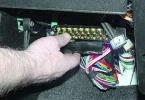The power steering fluid is actually quite simple to replace on your own. You just need to carefully follow the order of actions.
Power steering system
Often, it is not the replacement of the power steering itself that becomes important, but the necessary knowledge, the absence of which leads to problems. As virtually any manufacturer of power steering fluid claims, it should perform its duties until the end of the car. Topping up liquid is necessarily provided, and improper care of the substance is fraught with its complete replacement.
Let's see, what kind of work does the power steering do? Why is it needed? This device is a closed system with a special fluid circulating inside, the main purpose of which is to facilitate the rotation of the steering wheel. The power steering system includes: pump, steering rack, tubes, solution tank.
The principle of operation of the power steering is a special belt that goes from the crankshaft pulley and rotates the pump pulley. If the belt suddenly breaks, then steering becomes extremely difficult, since the fluid that previously helped turn the wheel now begins to interfere.
The liquid itself is a substance with a special composition, transparent yellow in appearance, reminiscent of vegetable oil.
Typically, many vehicles are supplied with a PSF solution. Some are poured into power steering and Dexron 2, a truly versatile option. Unfortunately, its frequent use leads to failure of the steering wheel assembly. Most likely, the reason lies in the temperature characteristics of some nodes. For example, it is extremely dangerous to pour such a liquid into the tank of a Hyundai car.
Video about the operation of the power steering:
There is only one way out - to fill in PSF. The viscosity of this liquid fully meets the requirements for the entire power steering system, since it is designed for almost all types of temperatures and does not lead to leaks of the rack and pump oil seals. Although the cost of oil seals is not high, it will take more than one hour to replace them at a good service station.
How oil leaves the power steering and what to do in such cases
Have you noticed that the oil is leaking from the power steering? Then you need to urgently call the service station and change all the rubber seals. It is also important to determine where the oil came from. After all, it can flow not only from the pump, but also from the rail. And most often you come across the second option.
![]()
How to change the power steering fluid yourself
This operation is relatively fearless, and almost everyone can handle it. Replacing the fluid means first equipping yourself with the right tools.
Be sure to let the engine cool down. And then remove the expansion tank and carefully inspect it. It is he who can cause oil leakage. The tank body must be intact and not have chips, cracks, or other defects... If such flaws are found, it is not recommended to repair the tank. Better immediately.
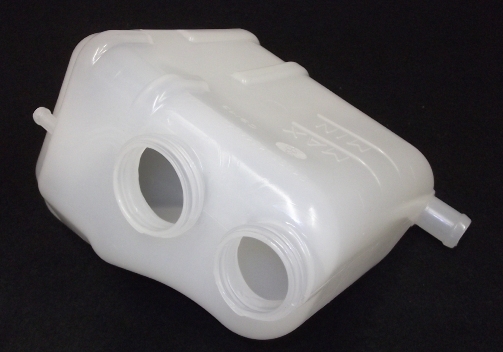
We remove the hose from the tank, which is located at the bottom. In its place, we thread another hose of the same diameter and lower one end of it into a container for draining.
We drain the rest of the liquid with the engine running. We start the engine to turn the steering wheel in different directions. This will allow the power steering fluid to move along the hose and pour out into the container intended for this. until the solution is completely out of the system.
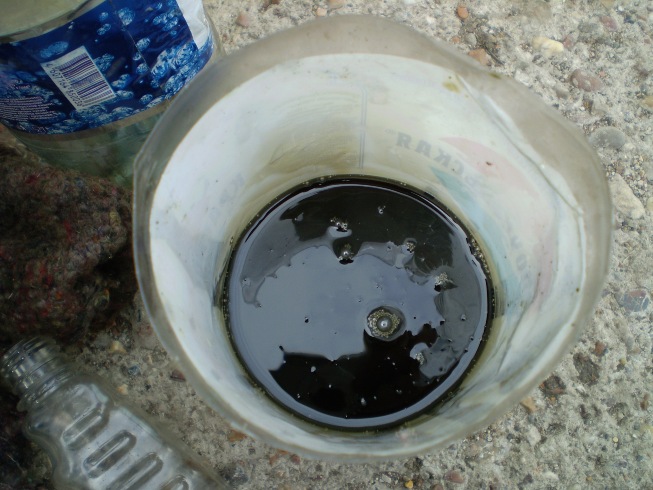
After that, we attach the native hose back to the tank. Fill in new power steering oil.
After completing the operation, you will need to start the engine and perform the same manipulations as when draining in order to completely air the system.
If everything is done correctly, the steering wheel should rotate smoothly even in place in different directions. And when the air leaves the system completely, liquid takes its place. If necessary, add the substance to the tank and close the lid tightly.
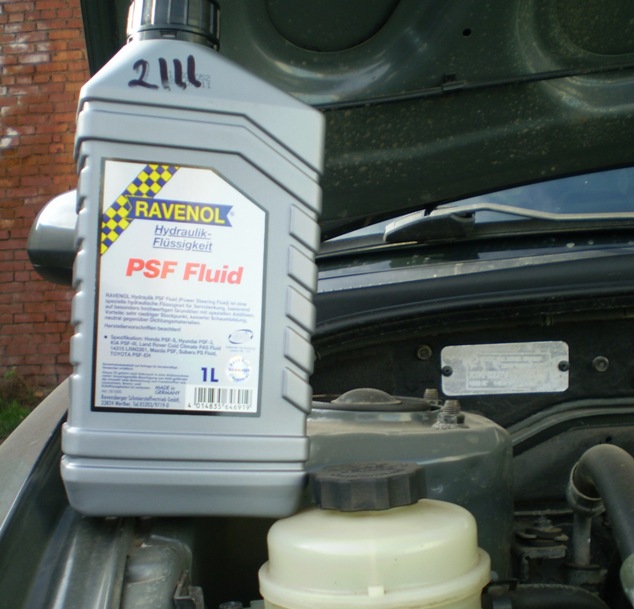
What to upload?
As mentioned above, there must be one oil in the power steering. The role of this type of oil is not only to help the steering wheel turn well. It is a lubricant for the entire system, and therefore strict requirements are imposed on the oil for perfect operation of the hydraulic booster.
Among them are the following:
- the oil must be designed for use at temperatures up to 110 degrees Celsius;
- should contain adaptives to improve the way to overcome pressure;
- reduce wear and friction in the power steering;
- do not change the viscosity, even with a change in temperature;
- prevent foaming;
- do not lose their properties in contact with sealed materials.
Video describing changing the power steering fluid:
In addition, a good power steering oil should also have high technical performance:
- when in contact with metals, this type of oil should not cause corrosion;
- in contact with sealing materials, there must be no swelling process;
- upon contact with sealed materials, there must be no curing process;
- should not be aggressive to paint and varnish surfaces.
As mentioned above, PSF oil is considered the best. It fully meets the above requirements. Although there are still oils of this type, such as INA, Dexron, BP Autran and others.
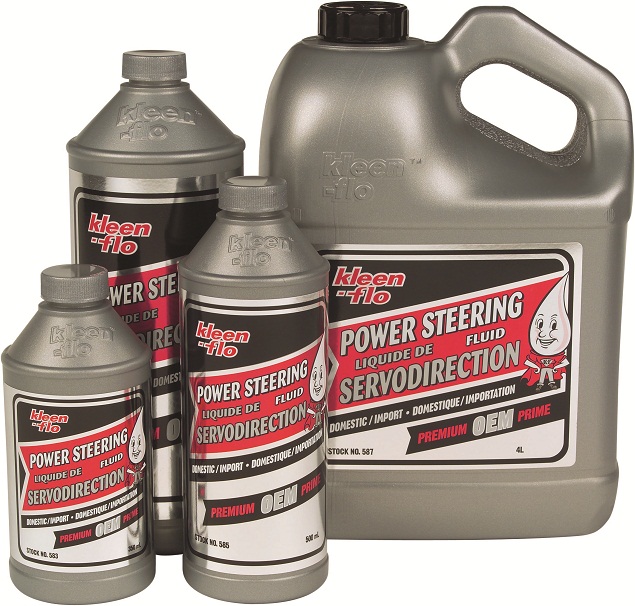
Features of operation of power steering
In addition to the fact that the power steering system must be filled with high-quality oil, in order for it to work well, you need to know some secrets.
Even in the event of a complete failure of the power steering, you can continue driving the car, but you have to make every effort when turning the steering wheel. As mentioned above, the liquid in this case begins to have a negative effect.
In addition, a belt that must be periodically checked is a common cause of failure of the power steering system. A broken belt is a common occurrence in a car, the driver of which is not experienced enough. And often the breakage is not due to a belt that has become unusable, but due to its weak tension.
How can you tell if the belt is too loose? Turns out, the correct way to check the tension is to ride. Yes, indeed it is. While driving, the appearance of steering recoil may clearly indicate a weak power steering belt tension. This is especially noticeable when starting off, when turned to failure.
Video about the operation of the power steering:
It is also important to maintain the liquid level in the tank constantly, and if it drops below the mark, be sure to top up the liquid. And in no case should other oils be poured into the tank, such as an emulsion for.
We hope that the article on how to change the fluid in the power steering with your own hands will be useful and valuable.

